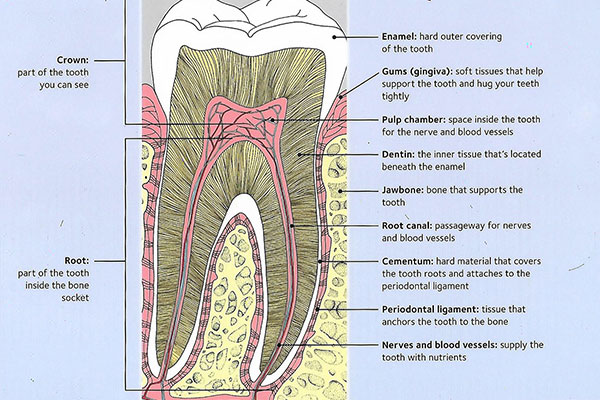 They’ve been often mischaracterized as some of the most painful experiences you can have in a medical setting, though that’s far from the truth. Yet, the notoriety of root canals, a tooth-saving procedure, often leads people to dread them, fear them and even anxiously obsess over whether or not they need one. Take a look at the signs you might need a root canal and then find out why you shouldn’t fear having this procedure performed.
They’ve been often mischaracterized as some of the most painful experiences you can have in a medical setting, though that’s far from the truth. Yet, the notoriety of root canals, a tooth-saving procedure, often leads people to dread them, fear them and even anxiously obsess over whether or not they need one. Take a look at the signs you might need a root canal and then find out why you shouldn’t fear having this procedure performed.
Signs You Need a Root Canal
To definitive spot the symptoms of a root canal, you’ll need years of dental training and examination tools. Because even though there are several common red flags, there aren’t always overt symptoms of needing a root canal. Your tooth may feel perfectly fine, despite its interior quietly decaying.
Here’s a look at some of the common symptoms of needing a root canal:
- A severe toothache
- Swollen gums near a particular tooth or teeth
- Elevated and intense sensitivity emanating from one tooth or area of the mouth
- A darkening of a tooth
What a Root Canal Entails
Ultimately, a root canal aims to contain remove infected soft tissue inside a tooth and to stop the spread of the infection. The procedure may be done by a general dentist or by a dentist that specializes in endodontics, a dental specialty focuses on toothaches and the pulp inside of teeth – the pulp is the soft tissue center of teeth made of nerves, blood vessels and supporting materials.
After the endodontist has examined your mouth and determined that you need a root canal, the procedure goes as follows:
The tooth will be prepped – you’ll be given anesthesia and a rubber dam will be placed around the tooth
A narrow access hole will be drilled into the teeth to access the pulp. Decayed pulp will be cleared out.
A filling will be placed inside the tooth. If the tooth needs extra attention, a temporary filling may be used and another appointment may be required to finalize the procedure.









